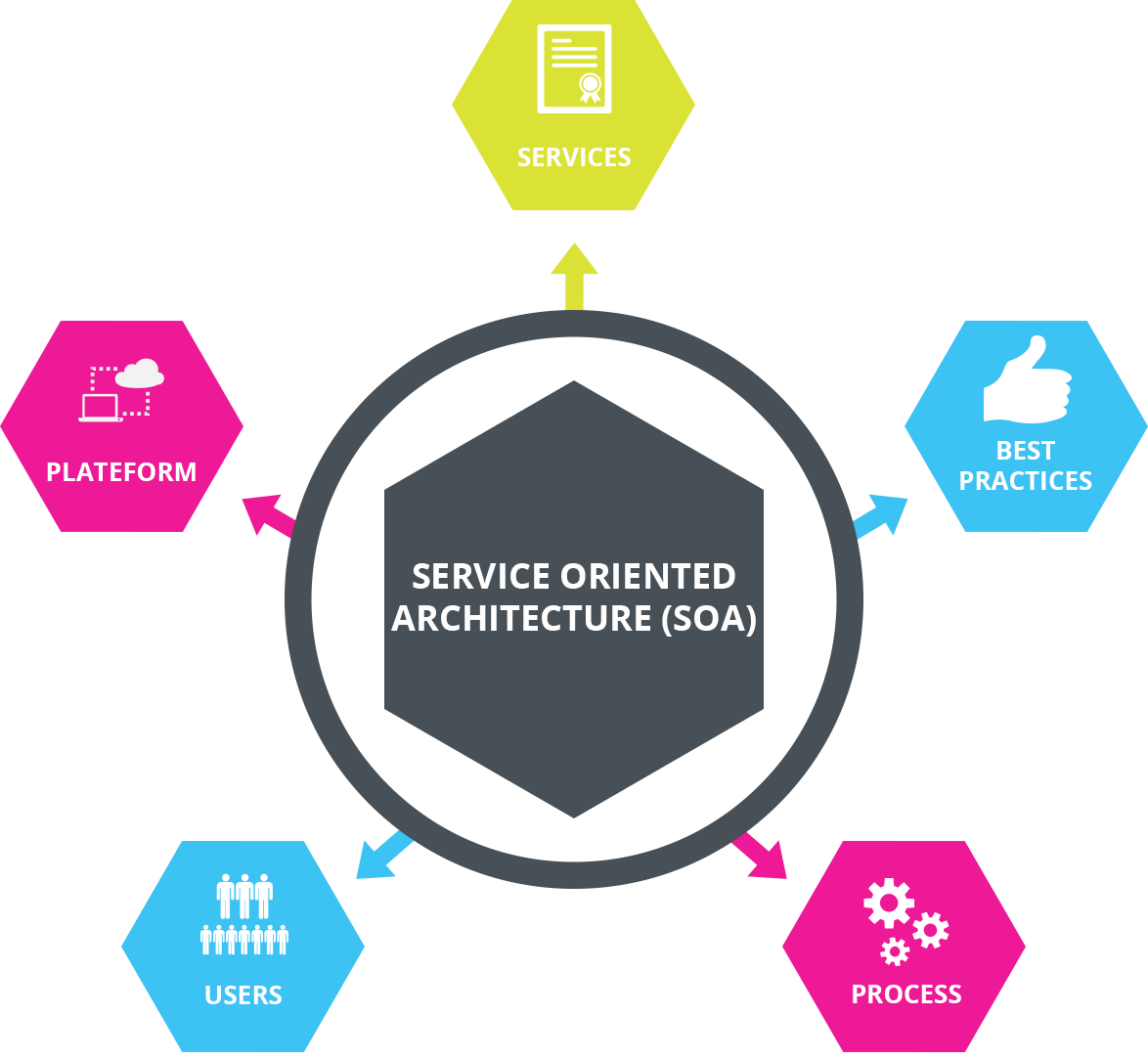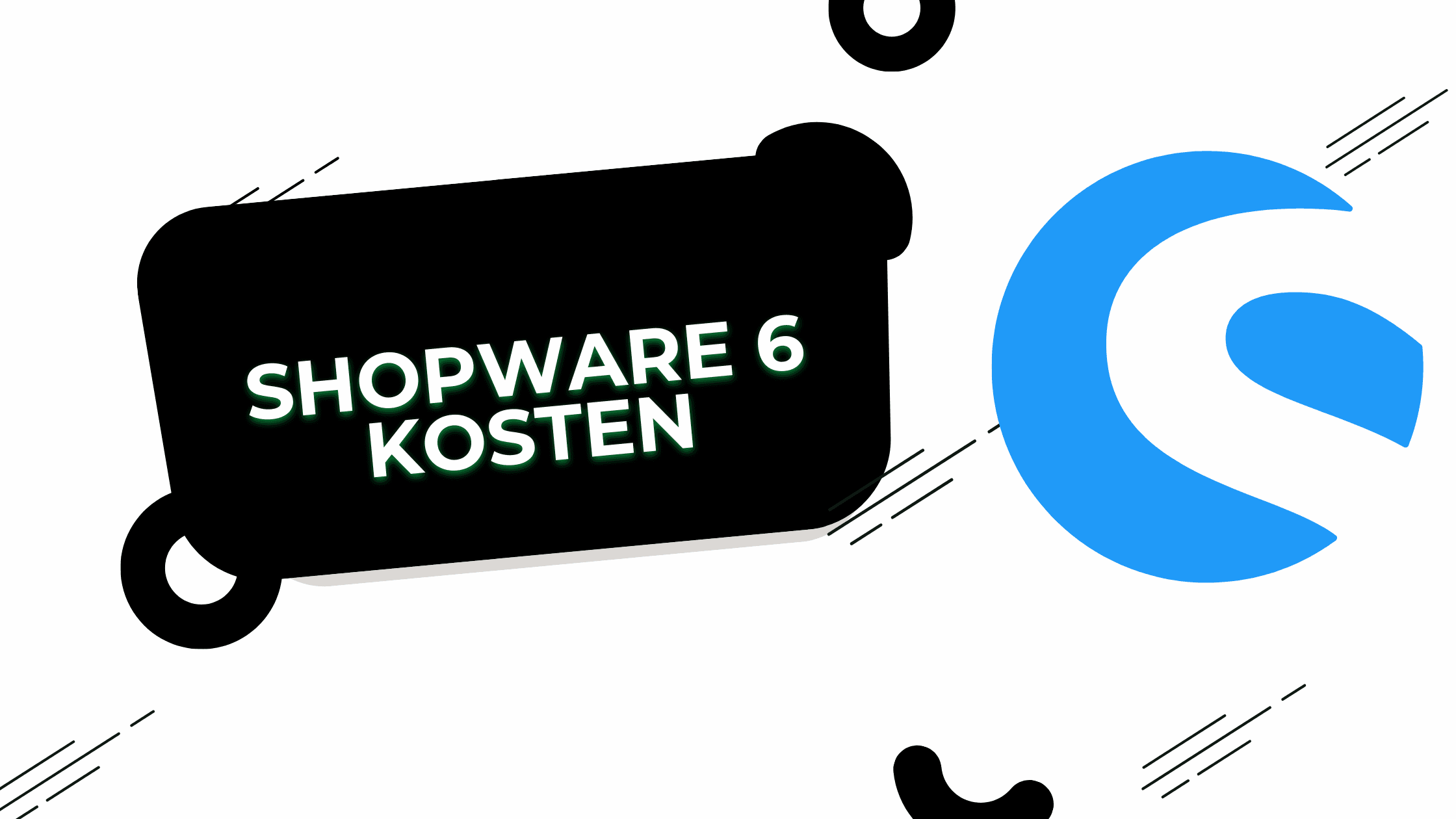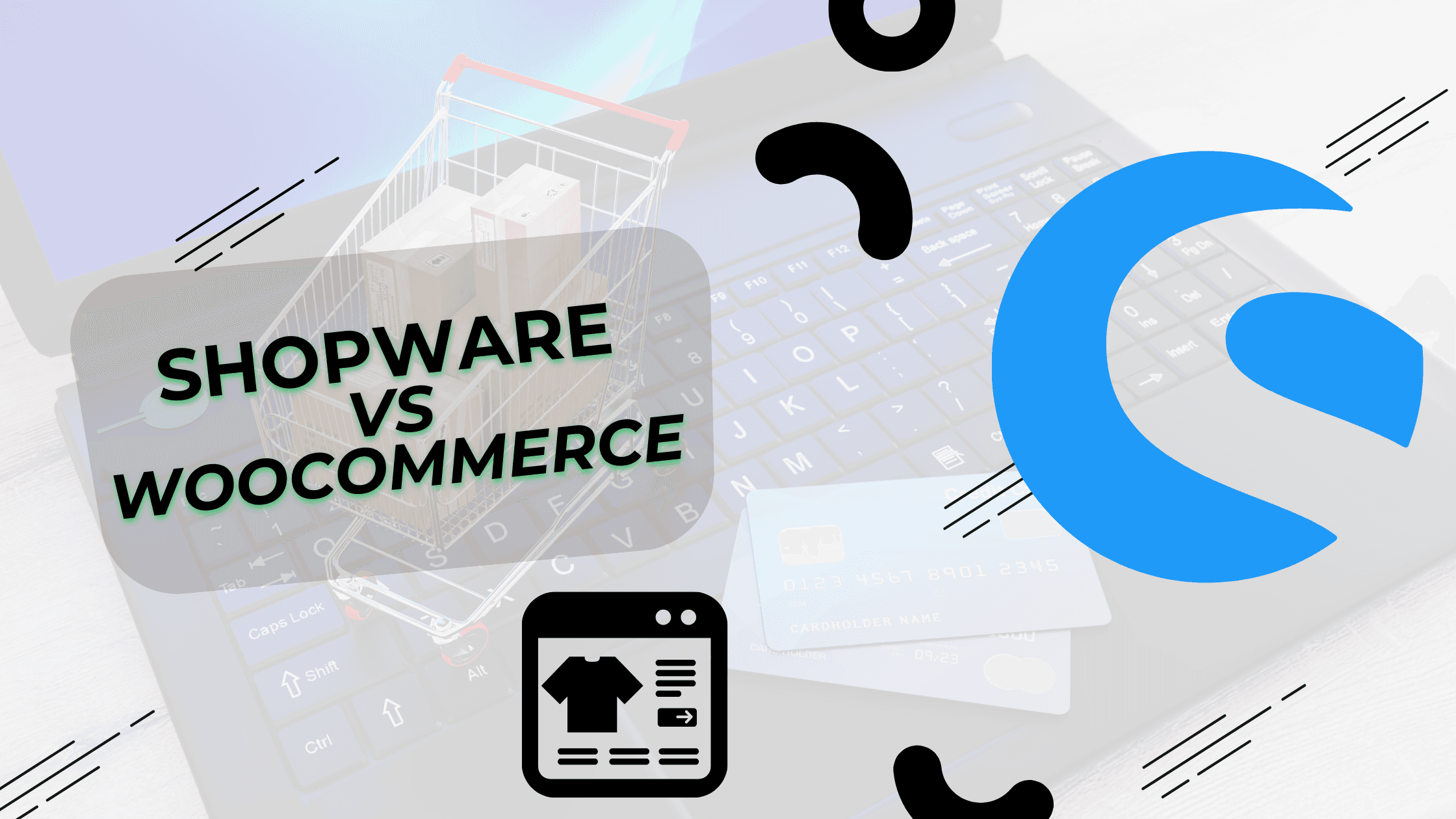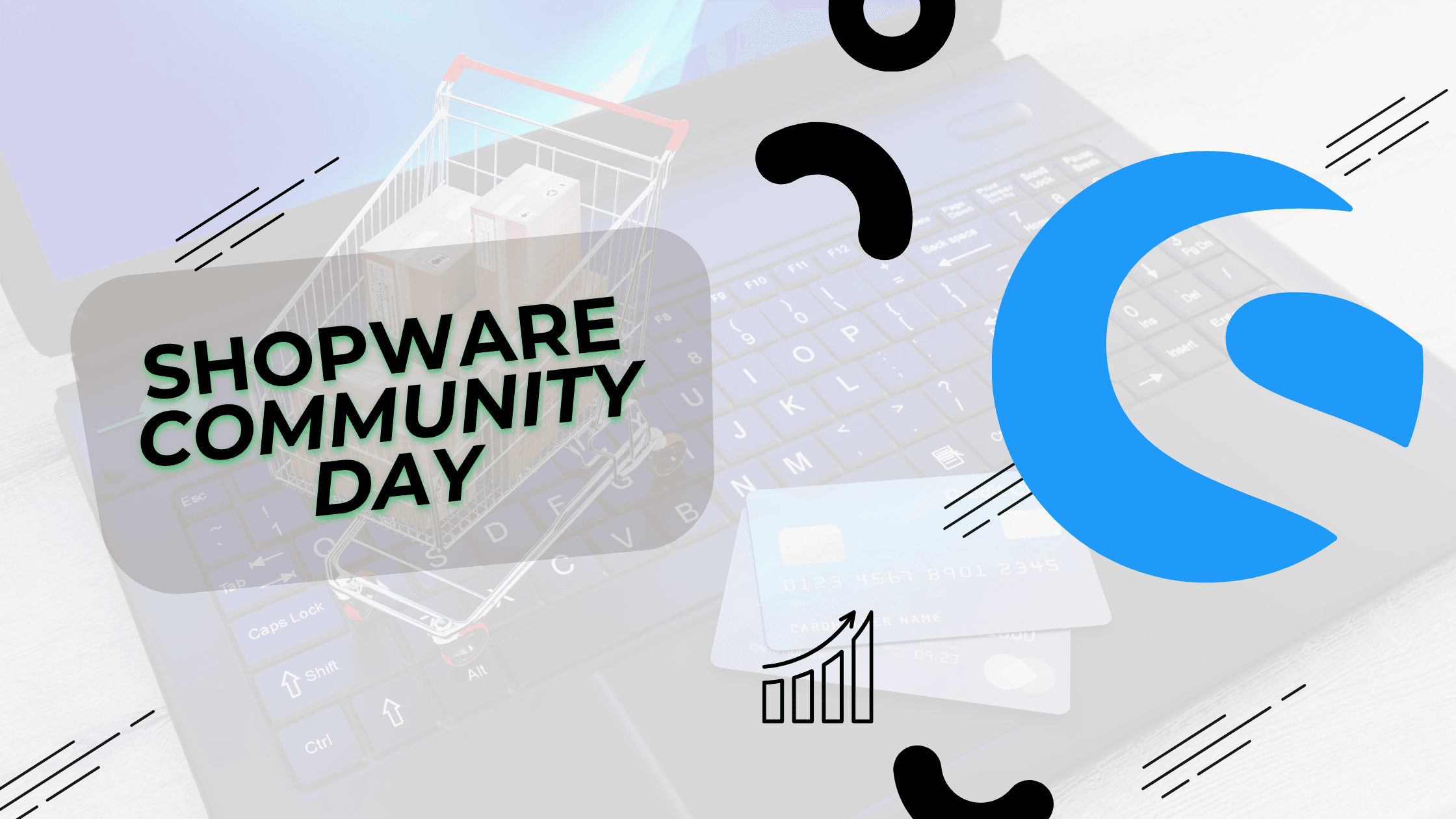SOA Architecture Examples: Real-World Applications of Service-Oriented Architecture
Service-Oriented Architecture (SOA) is a software design where services are provided to other components by application components, through a communication protocol over a network. SOA can be seen as a way to build distributed software systems using loosely coupled services. In this article, we’ll explore real-world SOA architecture examples, demonstrating how this architectural style is applied across various industries.
For a comprehensive understanding of SOA principles and concepts, check out our detailed guide on SOA Architecture.
Brief Overview of Service-Oriented Architecture
Before diving into examples, let’s quickly recap what SOA entails:
Service-oriented architecture is an architectural style that emphasizes the use of loosely coupled services to build software systems. It’s used to build distributed software and enhance interoperability between different services. SOA implementations often include an Enterprise Service Bus (ESB) to facilitate communication between services.
Key characteristics of SOA include:
- Service contract: Defines how the service provider and consumer interact
- Service interface: Specifies how to invoke the service’s functionality
- Service registry: Stores service interfaces and implementation specifications
- Loosely coupled services: Changes to one service do not affect others
Note that service-oriented architecture is different from monolithic architecture and microservice architecture. While SOA and microservices share some similarities, they have distinct characteristics. To understand these differences better, read our article on SOA vs Microservices.
SOA Architecture Examples
Let’s explore how SOA is implemented in various industries and applications.
1. E-commerce Platform
An e-commerce platform is a prime example of SOA implementation. Here’s how services might be structured:
- Product Catalog Service
- Order Processing Service
- Payment Service
- User Authentication Service
- Shipping Service
- Recommendation Service
In this architecture, each service operates independently but can be combined to create a full e-commerce experience. The service provider (e.g., Product Catalog Service) and service requester (e.g., Order Processing Service) communicate using specific protocols, often via web service specifications like SOAP or REST.
2. Banking System
Banks often use service-oriented architecture to modernize their legacy systems and improve flexibility. A banking SOA might include:
- Account Management Service
- Transaction Processing Service
- Loan Application Service
- Customer Information Service
- Fraud Detection Service
- Reporting Service
This SOA approach allows banks to update individual services without disrupting the entire system. The Enterprise Service Bus (ESB) plays a crucial role in routing messages between these services.
3. Healthcare Information System
In healthcare, SOA can help integrate various systems and improve patient care:
- Electronic Health Record (EHR) Service
- Appointment Scheduling Service
- Billing Service
- Pharmacy Service
- Lab Results Service
- Telemedicine Service
Implementing service-oriented architecture in healthcare enables better interoperability between different services and systems.
4. Travel Booking System
Travel booking platforms often use SOA to integrate various travel services:
- Flight Search Service
- Hotel Booking Service
- Car Rental Service
- Payment Processing Service
- User Profile Service
- Travel Insurance Service
This architecture allows the travel platform to easily add new services or replace existing ones without overhauling the entire system. The service registry plays a crucial role in helping services discover and communicate with each other.
5. Smart City Infrastructure
SOA can be applied to manage complex city infrastructure:
- Traffic Management Service
- Public Transportation Service
- Waste Management Service
- Energy Grid Service
- Emergency Response Service
- Environmental Monitoring Service
This SOA implementation allows city administrators to integrate and manage various urban systems efficiently. The broker registry helps in locating entries for specific services when needed.
6. Supply Chain Management System
SOA can streamline complex supply chain operations:
- Inventory Management Service
- Order Fulfillment Service
- Supplier Management Service
- Logistics Service
- Demand Forecasting Service
- Quality Control Service
This architecture enables businesses to adapt quickly to changes in the supply chain and integrate with various partners and systems. Message queues are often used to ensure reliable communication between services.

Implementing SOA: Key Considerations
When implementing an SOA, consider the following:
- Service Granularity: Determine the right size and scope for each service.
- Interface Design: Create clear, well-documented service interfaces.
- Security: Implement robust authentication mechanisms.
- Scalability: Design services to handle varying loads efficiently.
- Monitoring: Set up systems to track service performance and availability.
Benefits of SOA
SOA enables organizations to:
- Reuse software components across different applications
- Improve agility in responding to business changes
- Enhance scalability of software systems
- Increase interoperability between different services
SOA in Modern Software Development
While some believe that SOA has been superseded by microservices, many organizations have adopted SOA to make their systems more flexible and modular. SOA can be seen as a set of principles that still influence modern software development.
The decentralized nature of microservices can be viewed as an evolution of SOA principles. Microservices are independently deployable and scalable, which aligns with SOA’s emphasis on loose coupling.
Conclusion
These SOA architecture examples demonstrate the versatility and power of this architectural style across various industries. From e-commerce and banking to healthcare and smart cities, SOA provides a flexible, scalable approach to software design.
By breaking down complex systems into modular, reusable services, organizations can create more agile, adaptable software ecosystems. As technology continues to evolve, the principles of SOA remain relevant, helping businesses meet the challenges of modern software development and integration.
Whether you’re modernizing a legacy monolithic application or building a new software application from scratch, considering a Service-Oriented Architecture could provide the flexibility and scalability your project needs.












